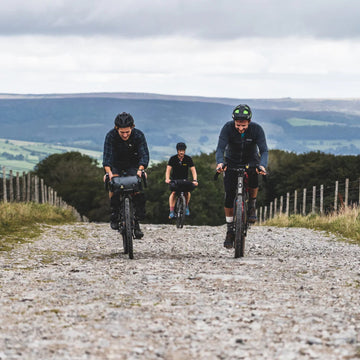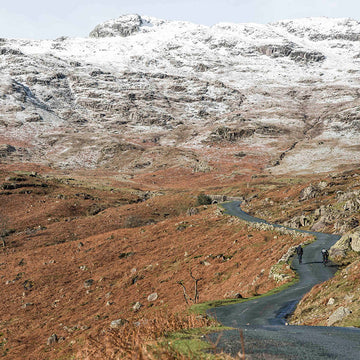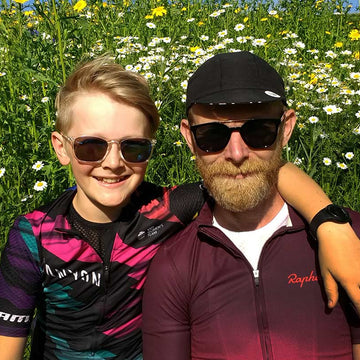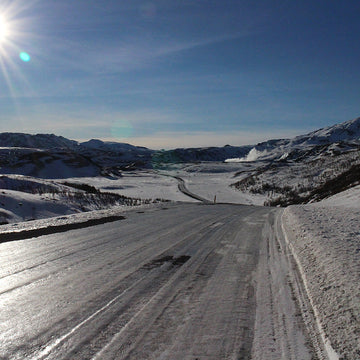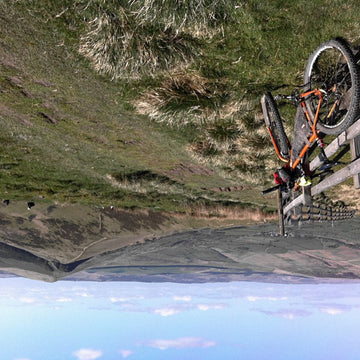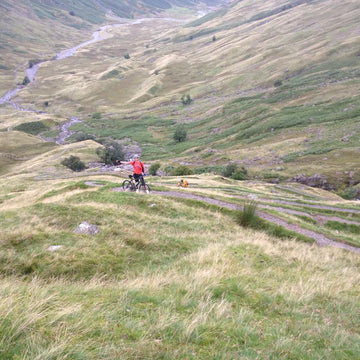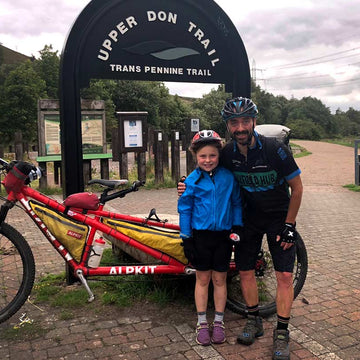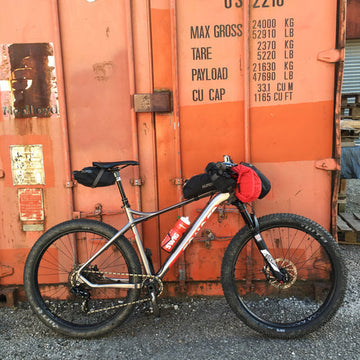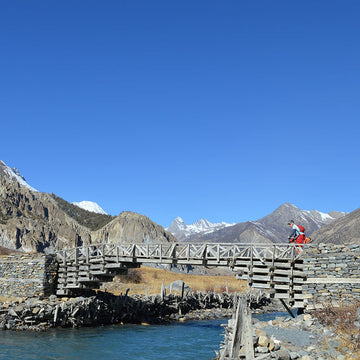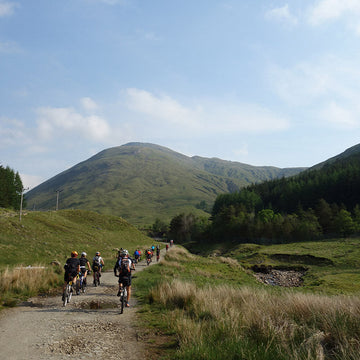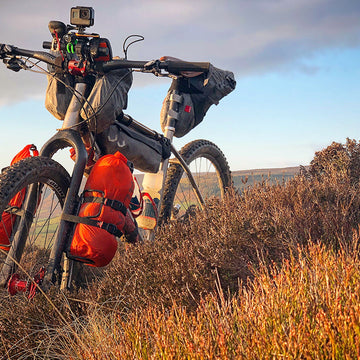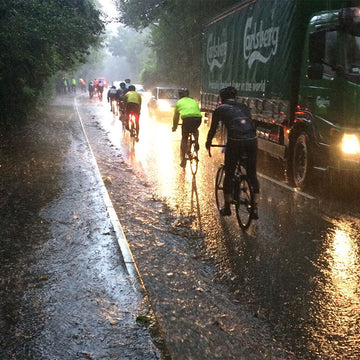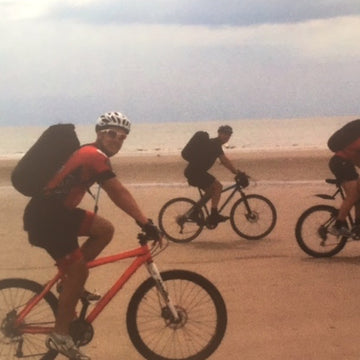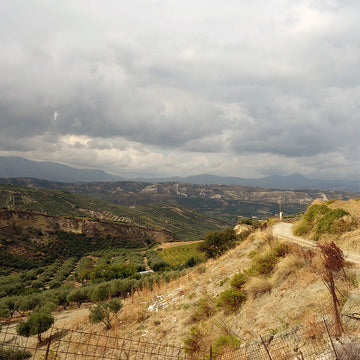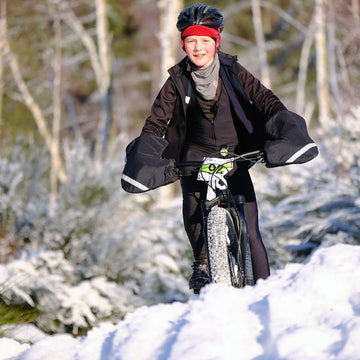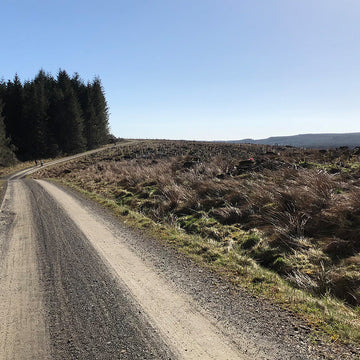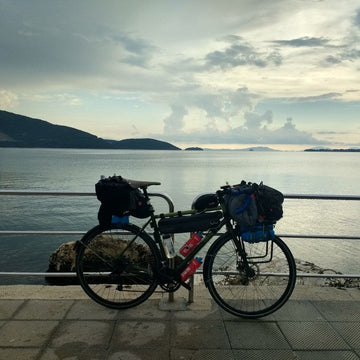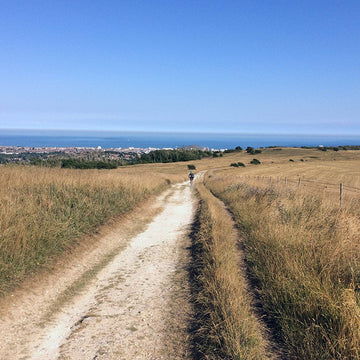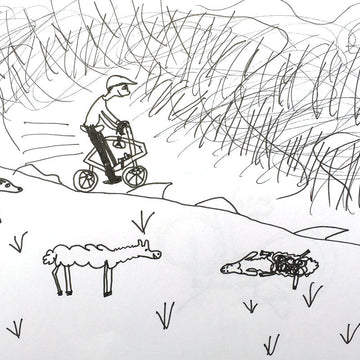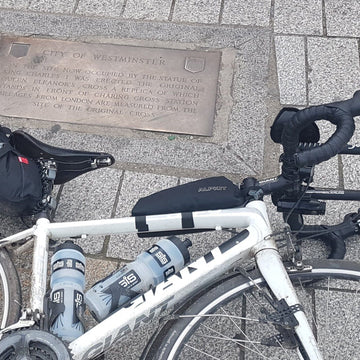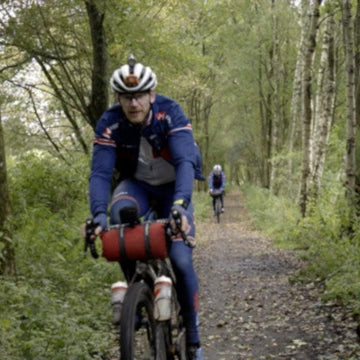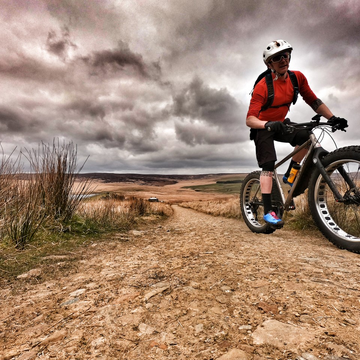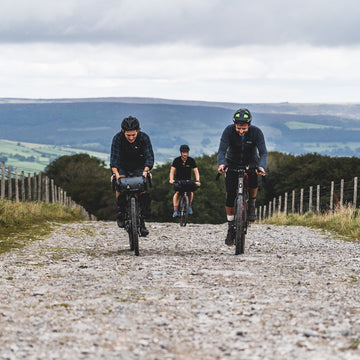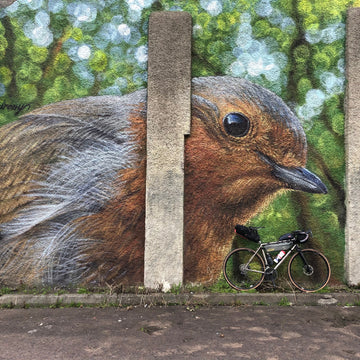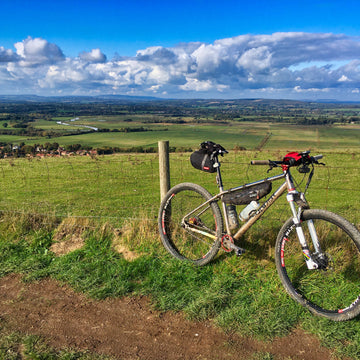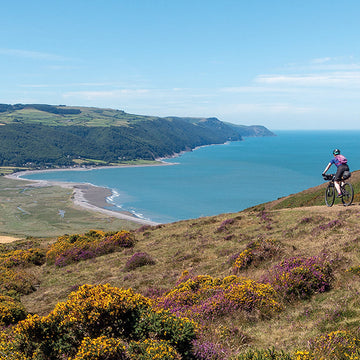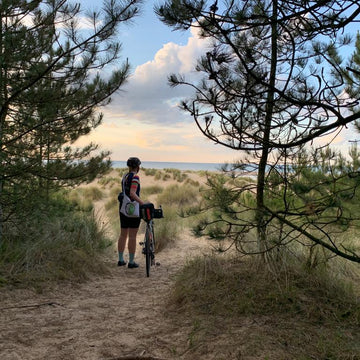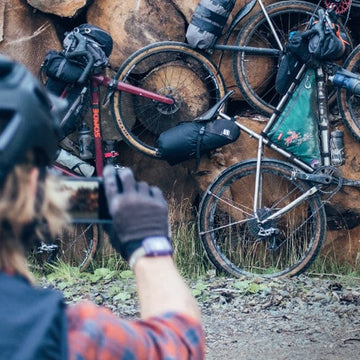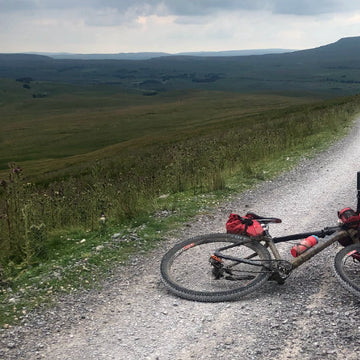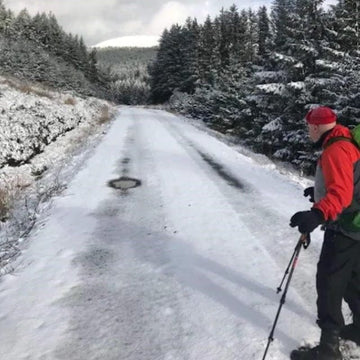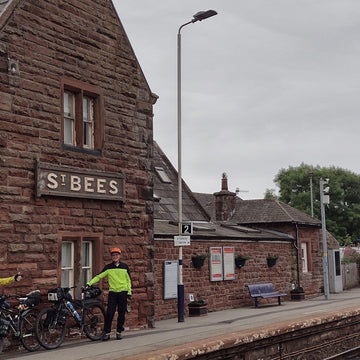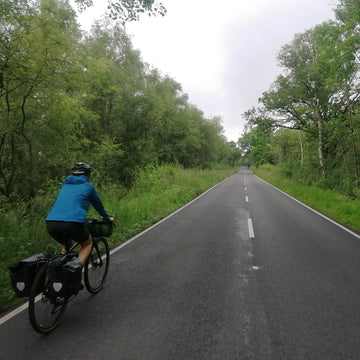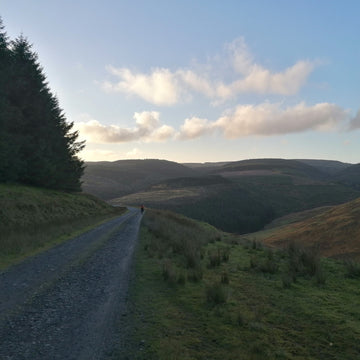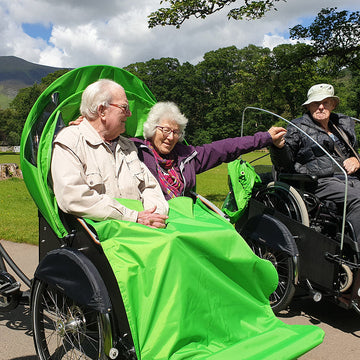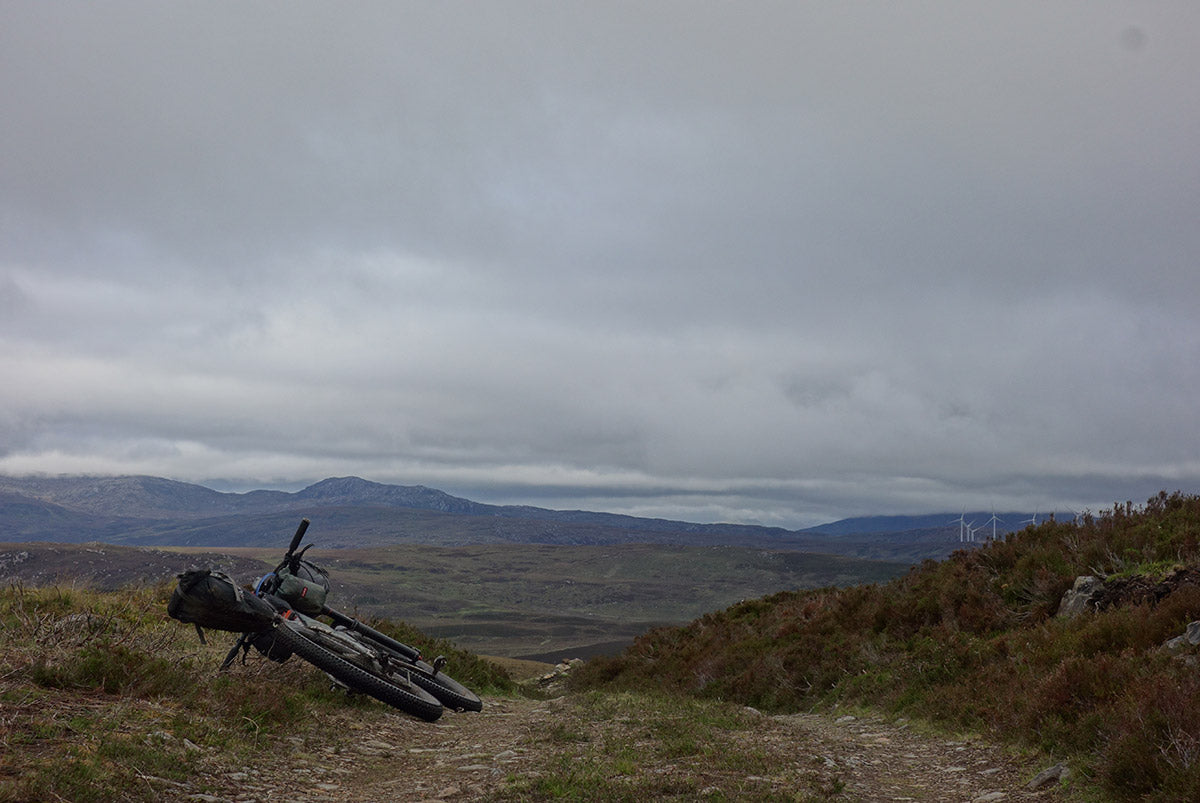
The Art of Not Going Slowly: Part 2
The Highland Trail journey continues from Part 1.... Racing the Highland trail seems like it should be extraordinarily difficult but in many ways it is, in fact, perfectly easy. The simple goal of constant movement distills life down to its purest form and every decision can then be easily made by asking one simple question: will it make me faster?
My previous self would have baulked at such a statement, claiming that I’d missed the point of travel by not taking the time to enjoy it. However, there is a strange and meditative state, reached simply by passing seamlessly through a landscape day after day, that in some way makes you closer to it. In the same way that a river passing through a glen never stops yet inextricably forms a part of the fabric of the terrain through which it flows, I had the overwhelming sensation that I was caught in some kind of flow, passing through the extraordinarily beautiful landscape and, like a river, I had little chance of stopping it. Whilst I was occasionally able to slow my progress by eddying out of the stream, I became resigned to the fact that it wouldn’t stop until I was spat out of the other end. Such a sensation links you to the hills and the breeze, the birds, and the trees, to the deer and the hare, the squelch of the bog under your feet, and the clatter of the rocks away from your tyres. It was a connection unlike anything I’d previously felt, and whilst, no doubt, sleep deprivation and exhaustion probably had their part to play, through this state I found something that made me reassess my whole opinion of racing.


Althought I wasn't taking my time in The Places In Between, I found a new connection with the landscapes I traversed
This became my final lesson, although somehow it’s difficult to now put my finger on what that exactly was. Riding the remote second half of the race, mostly by myself, I found an immense satisfaction in the sensation of continual movement; even across the most frustrating of hike-a-bike terrain that had by now become commonplace. I’d argue strongly that the HT550, rather than being a ‘bike race’, is in-fact a ‘race with a bike’… there’s a subtle but all-important difference. Long sections of terrain, that never really had any intention of being ridden by a bicycle, caused many riders to bow their heads in submission and simply push on with gritted teeth. I, on the other hand, had found a kind of jovial game to play across these sections. With the trail riding capabilities of the plus-tired Transmitter now playing to my advantage and my mountain biking background being firmly rooted in the school of technical and nadgery British terrain, I’d try my best to ride all that I could of the route. However rather than stalling and cursing any unrideable sections, my aim was to hop off the bike and seamlessly keep moving forward on foot. It was a game I didn’t always win at but as time went on I’d spot features on the ground that would help me hop on and off the bike with as little effort as possible. My mantra was ‘just keep moving’ and in some ways I’d even relish these sections for keeping my mind occupied. The hours would slip away in a kind of semi-painless blur. Flat, fast sections on the other hand, such as the Great Glen Way between Fort Augustus and Fort William, really had me suffering, struggling relentlessly to urge my body and mind onwards. But all the while I’d try to maintain an unfaltering acceptance of the simple inevitability of moving forward.

I’ve never really found this state before and I believe that perhaps it’s only through the motivation of some kind of race that such a state can be achieved. Not necessarily in the competitive nature of it all; at the top of the very last pass before the finish, ‘The Devil’s Staircase’, I had to be snapped out of a moment of sunset appreciation by Alan, the race founder, as he caught me at the end of what was a good natured tussle that had lasted between us for the whole of that 200km day. “What are you waiting for?!!” he yelled “GO!!”, reminding me that “this is race you know!”. But whilst beating other competitors to the finish line wasn’t really my driving motivation. Racing did give me the incentive to push myself beyond what I thought I was capable of andm as a result, has opened up a whole new world of understanding.


Rounding the Bealach Horn at the northernmost tip of the course three days (and over 400km) earlier I remember thinking that, with the faintest glimpse of belief, that I would actually complete the course, I’d be glad when it’s done, I’d have proved to myself that I could do it, but that I’d never have to do anything like it again. However, in that moment of blasting down the final 20km before the finish, my vision tunnelled by headlights, my eyes streaming, my limbs screaming, and my mind both numbed and sharpened by sleep deprivation and exhaustion, all I could remember thinking was one thing… How can I go faster next year?
I think after four days and sixteen hours something in me has changed…

Still smiling at the finish line:
